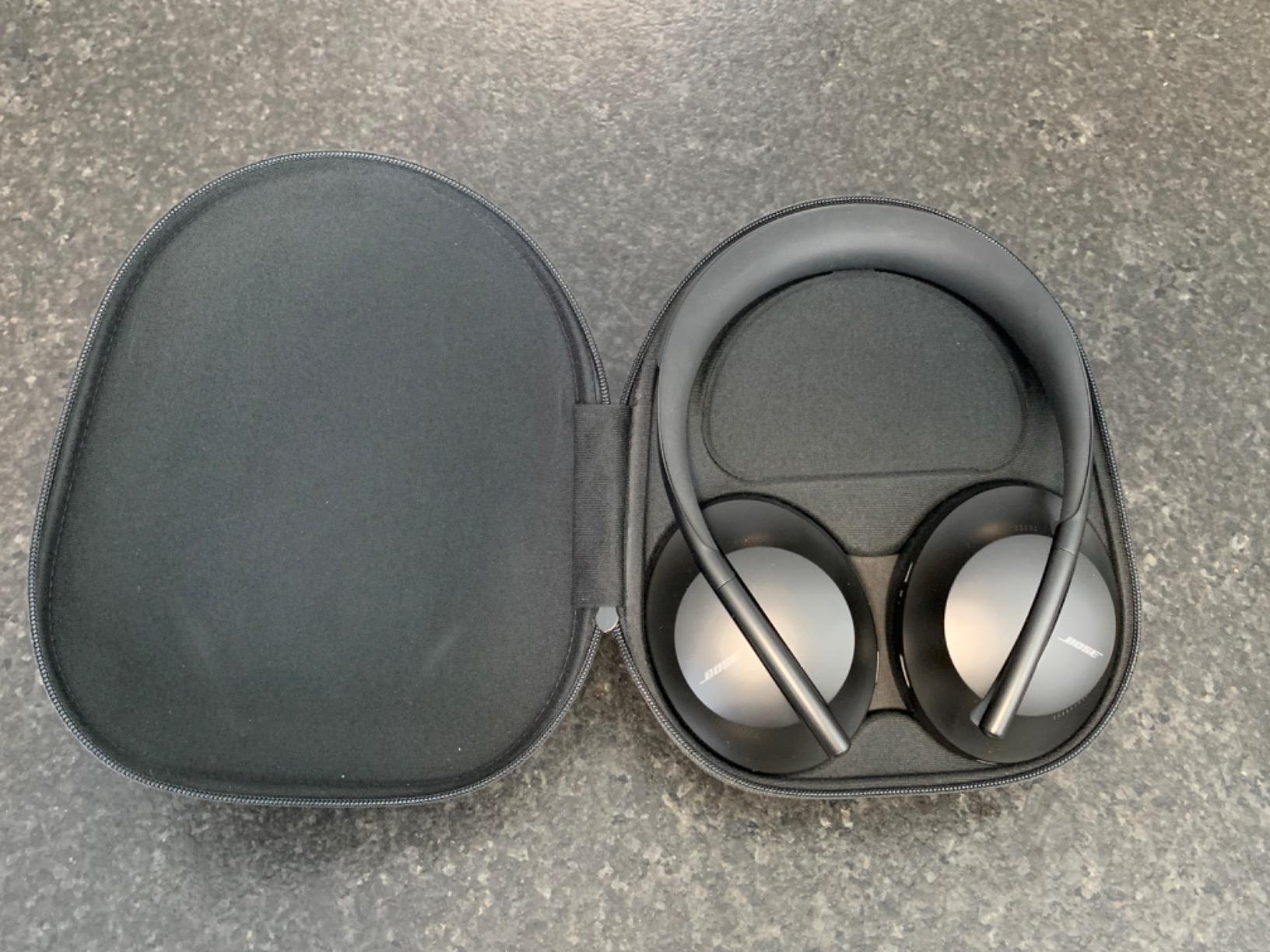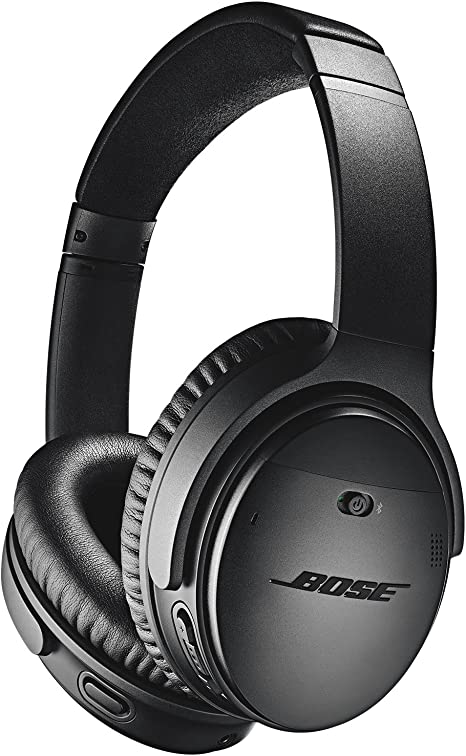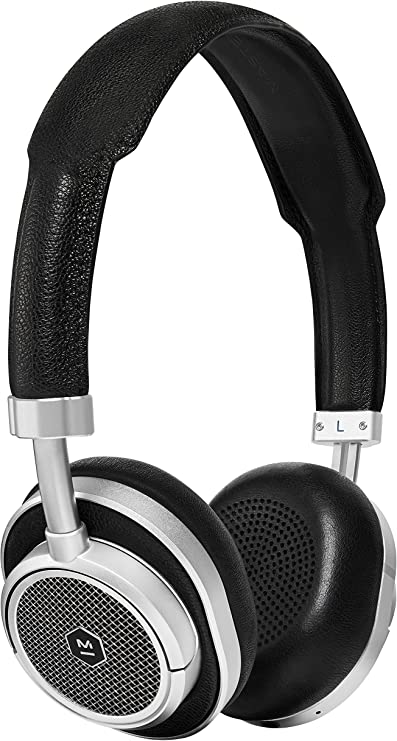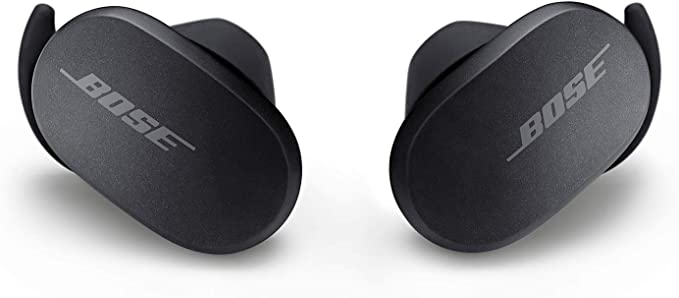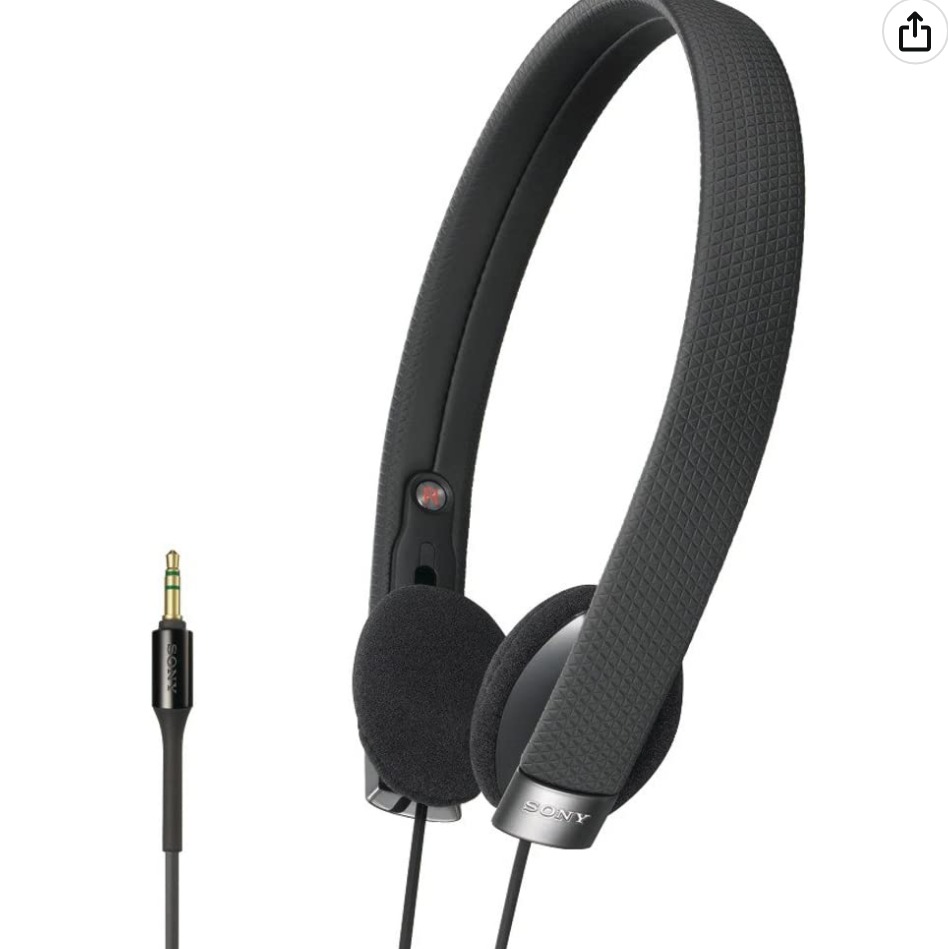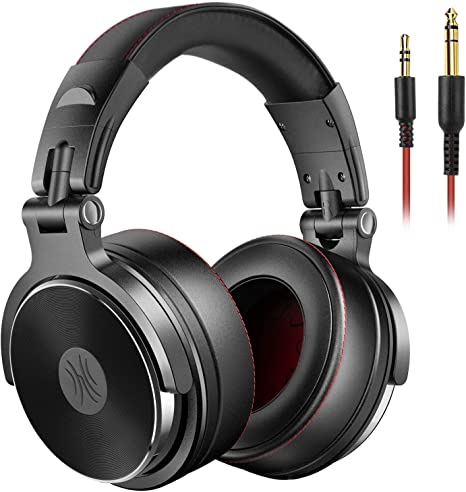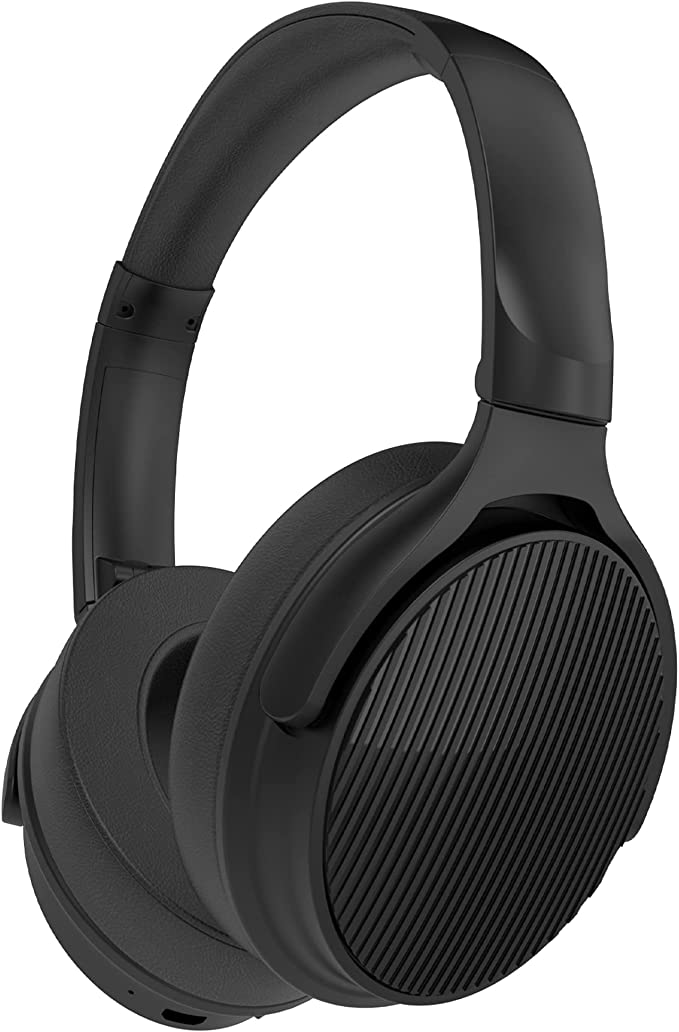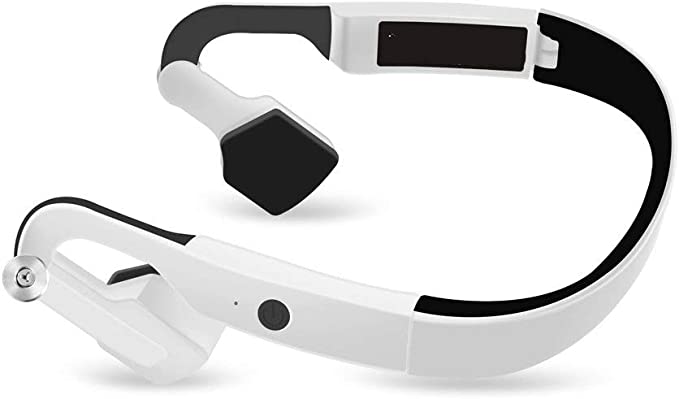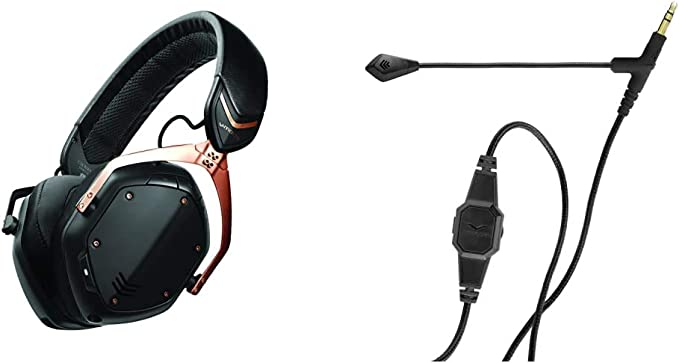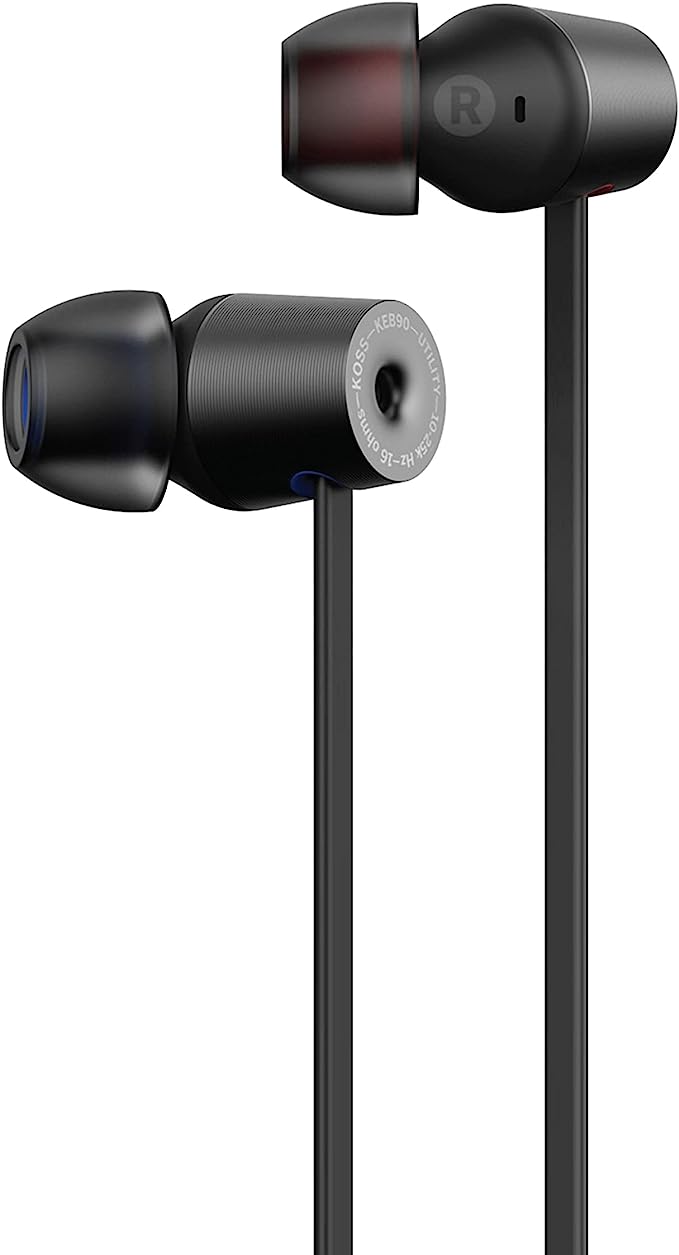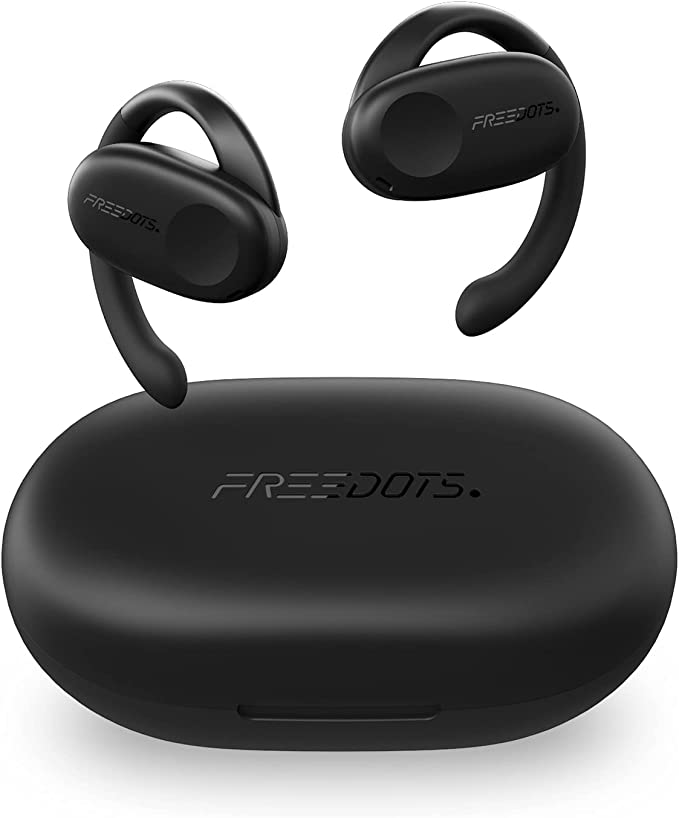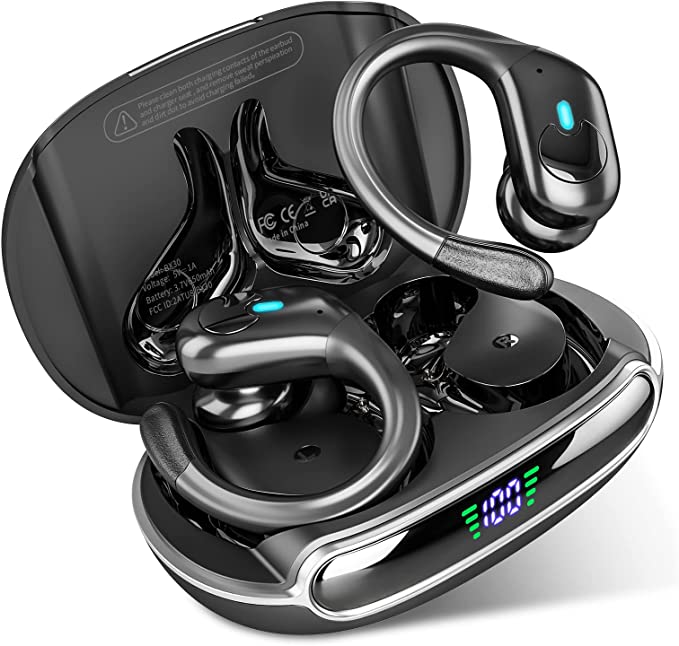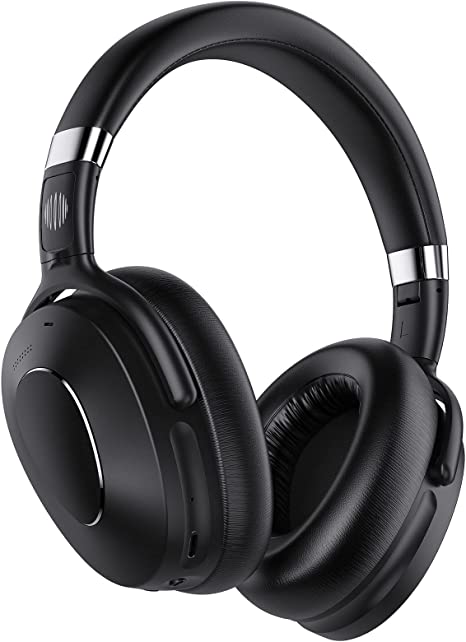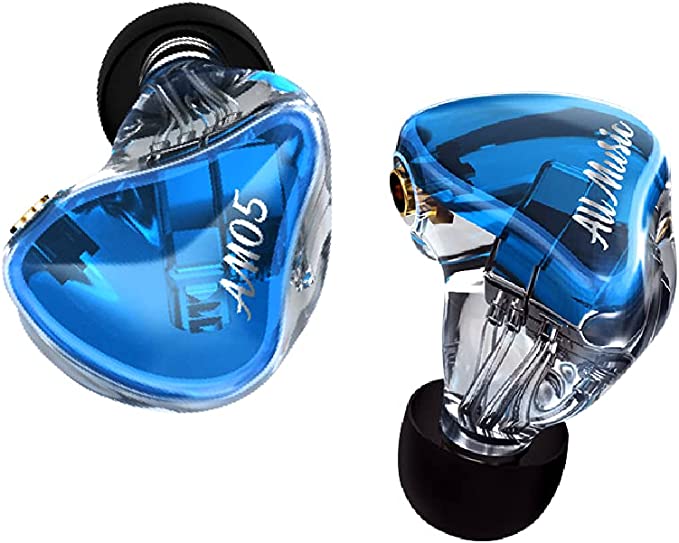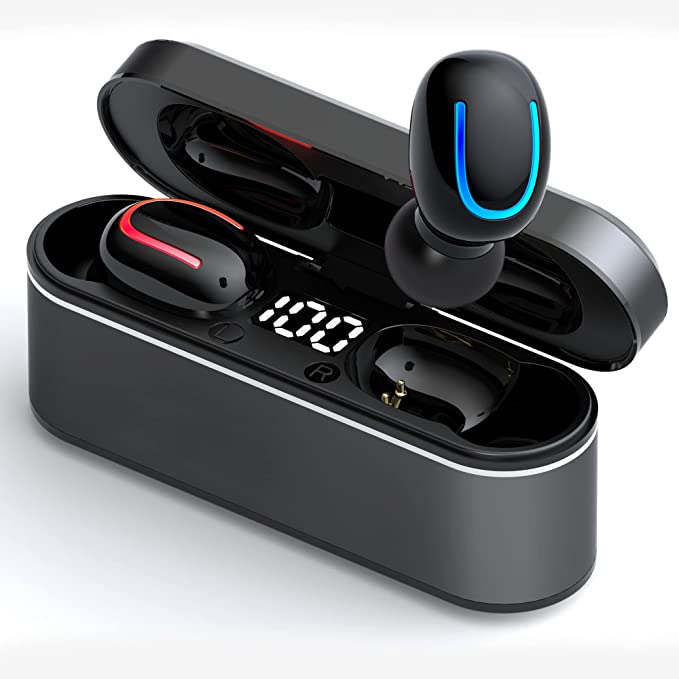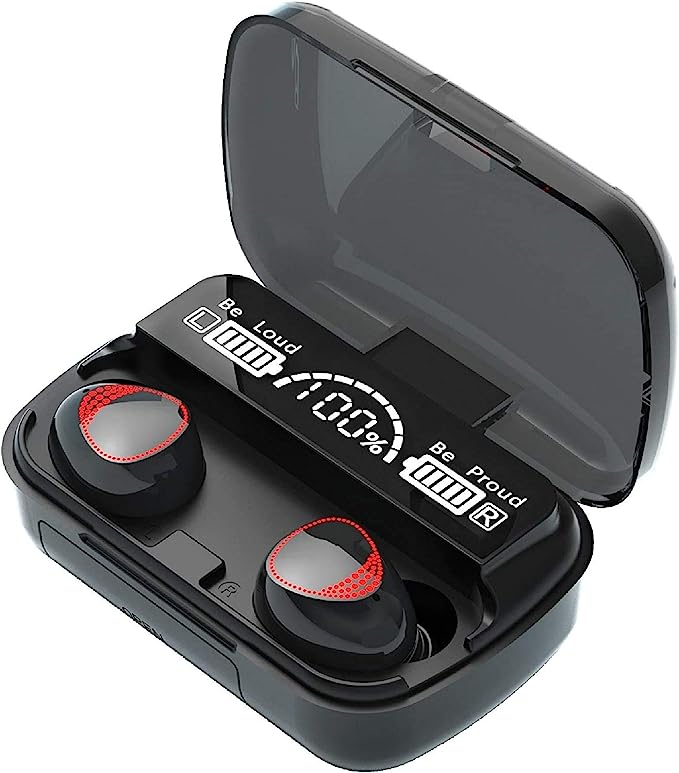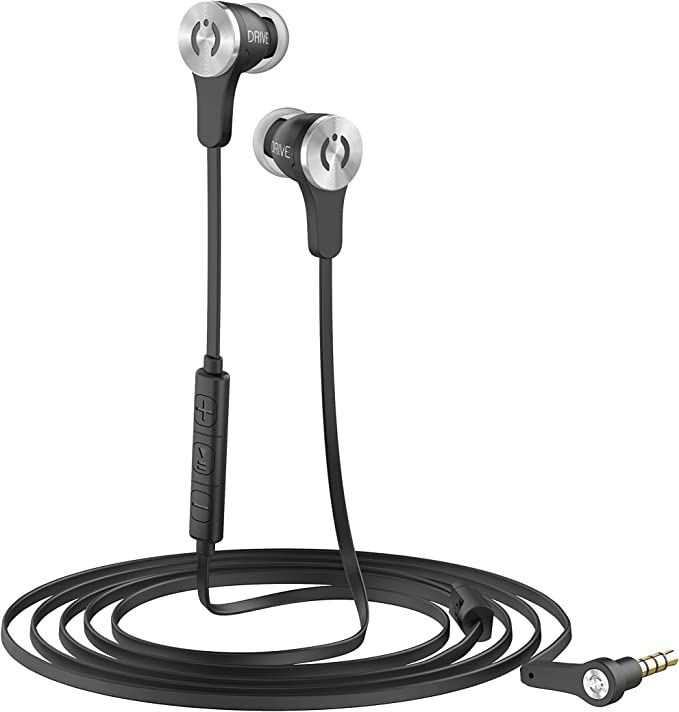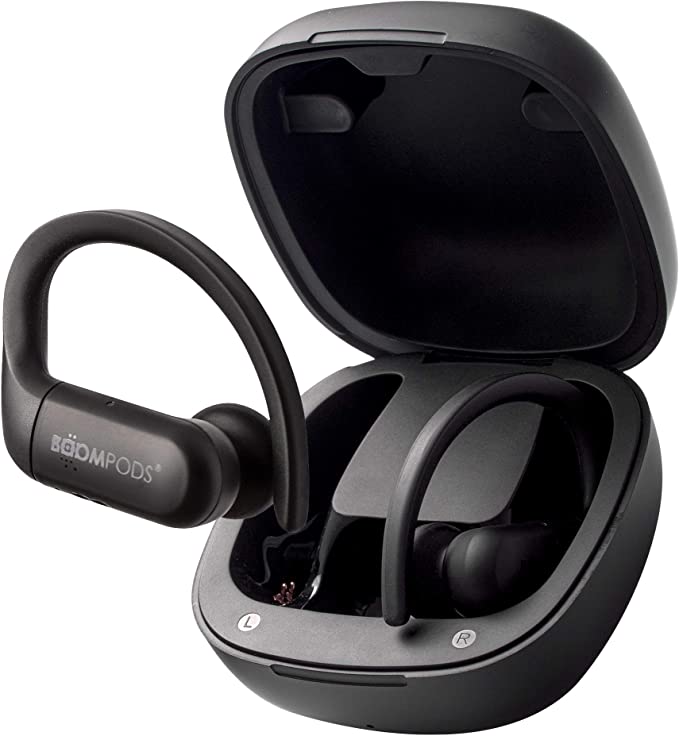JBL Tune 660NC: Escape the Noise with Pure Bass Sound and Active Noise Cancellation
Update on Sept. 23, 2025, 3:54 a.m.
Inside the elegant physics of Active Noise Cancellation—a silent battle fought in the space between a speaker and your eardrum.
The roar is relentless. You’re in seat 17F, suspended 30,000 feet in the air, encased in a metal tube propelled forward by two engines converting torrents of fuel into thunderous force. The sound isn’t just loud; it’s a physical presence, a constant, vibrating pressure on your skull. It’s the price of admission for modern travel. In this tyranny of noise, finding a moment of peace seems less like a luxury and more like a defiance of physics.
And yet, you can. You reach into your bag, pull out a pair of headphones, and flick a switch. The world doesn’t just get quieter. The deep, oppressive hum of the engines seems to vanish, plucked from reality. It’s not muffled; it’s gone. This experience, so common today, is nothing short of a modern miracle. But it isn’t magic. It’s a war—a meticulously calculated war of waves, fought and won in the microscopic battlefield of your ear canal. It’s the science of fighting sound with sound.

A Ripple in Time: The Birth of an Idea
The idea that one could erase a sound by adding another is counterintuitive, yet the concept is surprisingly old. In 1936, a German physicist named Paul Lueg filed a patent describing a method to nullify sound by generating an inverted, or “out-of-phase,” version of it. His theory was sound, so to speak, but the electronics of the era were far too slow to make it a reality. The idea lay dormant for decades, a brilliant but impractical piece of physics theory.
The catalyst for its resurrection came, fittingly, from the sky. In 1978, Dr. Amar Bose, founder of the eponymous audio company, was on a flight from Zurich to Boston. Trying out a new set of airline-provided headphones, he was disappointed by how the overwhelming cabin noise drowned out the music. An audio engineer by trade, he began sketching equations on a napkin right there on the plane. He wasn’t thinking about making the music louder; he was thinking about making the noise disappear. This in-flight epiphany led to decades of research, culminating in the first commercially successful active noise-cancelling headsets, designed not for music lovers, but for pilots, to protect their hearing and ensure clear communication in the deafening environment of a cockpit.

The Physics of Nothingness
So, how do you add something to get nothing? The principle is called destructive interference, and you’ve seen it before, even if you didn’t know its name.
Imagine a perfectly still pond. You drop a pebble in, and a series of concentric ripples, with perfect peaks and troughs, expands outward. Now, imagine you have the superhuman ability to drop a second, identical pebble in just the right place at just the right time. Your goal isn’t to make bigger waves, but to make the water still again. You would time your second drop so that its ripples are a perfect mirror image of the first. Where the first wave creates a peak, your second wave creates a trough. When they meet, the peak fills the trough, and the water flattens. They cancel each other out.
Sound works the same way. It’s a pressure wave traveling through the air. A loud, low-frequency hum, like that of a jet engine, is a relatively simple, repeating wave with consistent peaks and troughs. Active Noise Cancellation (ANC) technology is the superhuman ability to create that second, perfectly out-of-sync wave.
The Anatomy of a Silent Soldier
When you switch on the ANC in a modern headset, like the JBL Tune 660NC, you are activating a sophisticated, three-part system that executes this principle thousands of times per second.
First, there are the “ears.” A tiny microphone on the outside of the earcup constantly listens to the ambient noise around you, capturing the enemy wave in its entirety.
Second, there is the “brain.” The microphone feeds this information to a Digital Signal Processor (DSP) chip. This chip is a miniature supercomputer, a strategist whose only job is to analyze the incoming sound wave and, in a fraction of a millisecond, generate a new wave that is its perfect inverse—its anti-noise. It is 180 degrees out of phase, a perfect replica of the troughs for every peak, and peaks for every trough. The sheer processing power required for this constant, real-time calculation is why enabling ANC consumes significant battery power; on the Tune 660NC, for example, it reduces the total wireless playtime from around 55 hours to 44. That difference is the energy cost of creating silence.
Finally, there is the “voice.” The DSP sends the newly created anti-noise signal to the headphone’s internal speaker, the same one that plays your music. This speaker then projects the anti-noise wave towards your eardrum. In the tiny space between the speaker and your ear, the two waves—the original noise from the outside and the manufactured anti-noise—collide. And if the DSP has done its job correctly, they annihilate each other. The result is not quietness, but a profound sense of nothingness.

The Two Fronts: An Uneasy Alliance
But this elegant electronic warfare can’t work alone. It needs help from a much older, more brutish form of defense: passive noise isolation. This is simply the physical act of blocking sound with a barrier—the foam, leather, and plastic of the earcups themselves. This method is effective at muffling high-frequency sounds, like people talking or dishes clattering.
This is where engineering trade-offs become critical. An over-ear headphone that completely envelops your ear creates a strong physical seal, offering excellent passive isolation. The JBL Tune 660NC, however, is an on-ear design, which rests on the ear rather than around it. This makes it lighter, more compact, and more portable. But as some users find, the smaller earcups may not create a perfect seal for every head shape, compromising the first line of defense. This is a deliberate choice: a compromise between acoustic performance and lifestyle convenience. Without a good passive seal to handle the high frequencies, the active system is left exposed, which brings us to its own inherent limitations.

The Limits of the Battlefield
If ANC is so clever, why can you still hear the baby crying three rows back? The answer lies in predictability and speed.
The low-rumbling hum of a jet engine or an air conditioner is a low-frequency, long-wavelength sound. It’s highly repetitive and predictable. The DSP can easily lock onto this pattern and produce a consistent anti-noise signal.
However, a sudden, sharp sound like human speech or a clap is a high-frequency, short-wavelength signal. It’s complex and unpredictable. By the time the microphone hears it and the DSP processes it, the original sound wave has already passed the speaker and reached your eardrum. The anti-noise signal arrives a split-second too late to do any good. The enemy is simply too fast and erratic for the system to counter. That’s why ANC creates a bubble of profound calm, but not a vault of absolute silence.

The Quiet Revolution
The next time you flip that switch and the drone of the world fades away, take a moment to appreciate the invisible battle being waged on your behalf. It is not merely a feature; it is the commercialization of a beautiful physics principle. It’s a testament to an idea, born from theory in the 1930s and forged by necessity in the skies of the 1970s, that has now become an accessible tool for everyday life.
Technology like Active Noise Cancellation is more than a convenience. In a world that is always on and always loud, it is a tool for focus, for calm, and for the simple, profound act of reclaiming a small patch of silence for yourself. It is the quiet revolution, happening right between your ears.



